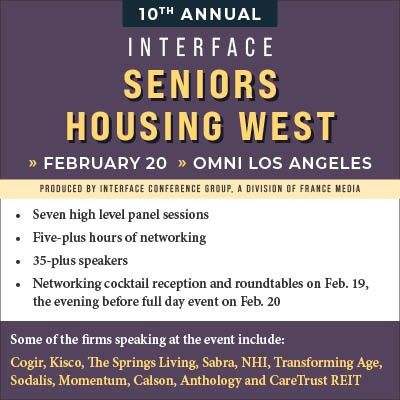I am not even coming close to telling you what company or community I am talking about in this story . . . but these things drive me crazy.
By Steve Moran
I am not even coming close to telling you what company or community I am talking about in this story . . . but these things drive me crazy.
Several times a week I will wander on the website of a senior living community that someone has told me about or I heard about someplace. When I get there I . . .
-
Start with the “About” page. I want to understand who the corporate entity is and who the leaders are at that particular community. I want to see photos because as humans we all do.
-
Look at rates, because it tells me something about the positioning of the community in the marketplace.
-
Check out the photos of the community (which is, perhaps, one of the biggest missed opportunities an organization has and the focus of this article).
-
Look for blogs, community Facebook pages and consumer reviews.
Pictures of Nothing
The reason to use pictures is to tell a visual story. Dining room photos should make me want to dine there, apartment unit photos should make me believe I will be comfortable living in that apartment, and activity room photos should inspire to me want to be a part of activities. Simple concept!
We all know this to be truth and yet almost every single dining photo is of an empty dining room with perfectly set tables or with a few people pretending to eat in such a staged way that they all look just like everyone else’s photos and nothing like real life in that community.
The very worst of all the photos posted was one of a fully furnished bedroom. I wish I could show it to you, but you would then be able to figure out the community. It was not quite as bad as the one below, but close:
Stock Photos
What really inspired me, though, was a section of photos titled something like “Living in Our Community”. It sounded great until I got into the album and the photos all had the look of stock photography. Sure enough, I took a couple of them, did a Google photo search and actually found their source.
Don’t get me wrong, I am sympathetic to why communities do this . . .
-
Real residents pass away or move from the community.
-
The laws require you to publish photos that reflect the ethnic diversity of your market community and not the ethnic makeup of your senior community.
But stock photos can be very problematic. They look like stock photos, which means they look phony.
Real Photos, Real People
This particular community that is the “victim” of this article has a really robust Facebook page with lots of photos that are not as professional as those on their community site, but are a lot warmer and more inviting. I found myself wishing they had hired a pro to come in for a day and take pictures of residents living real lives, eating real meals and living in furnished apartments.
Those photos would be so much more compelling.
How are the photos on your site?








